After centuries of weather forecasting study and research, thehuman race knows a thing or two about storms.
|We know that hurricanes and typhoons will spin out of the oceansevery summer and ravage certain coastlines.
|We know that tornadoes will strike thousands of times per year,causing significant localized damage, and we generally know wherethey will appear and why.
|We can even predict which years will bring particularly strongweather patterns and what those patterns will mean for farmers,ranchers and others.
|But, the truth is, we don't know everything. At least thegeneral population doesn't. In fact, although there is plenty ofmeteorological reseach out there for reference, a wide swath of thepopulation clings to a number of weather myths that, although theysound correct, just aren't true. Earlier this month,AccuWeather.com set out to put some of these weather myths to bedby explaining some of the most widespread and misinformed ofthe bunch. Click though to learn what you've been doing wrong allthese years.
||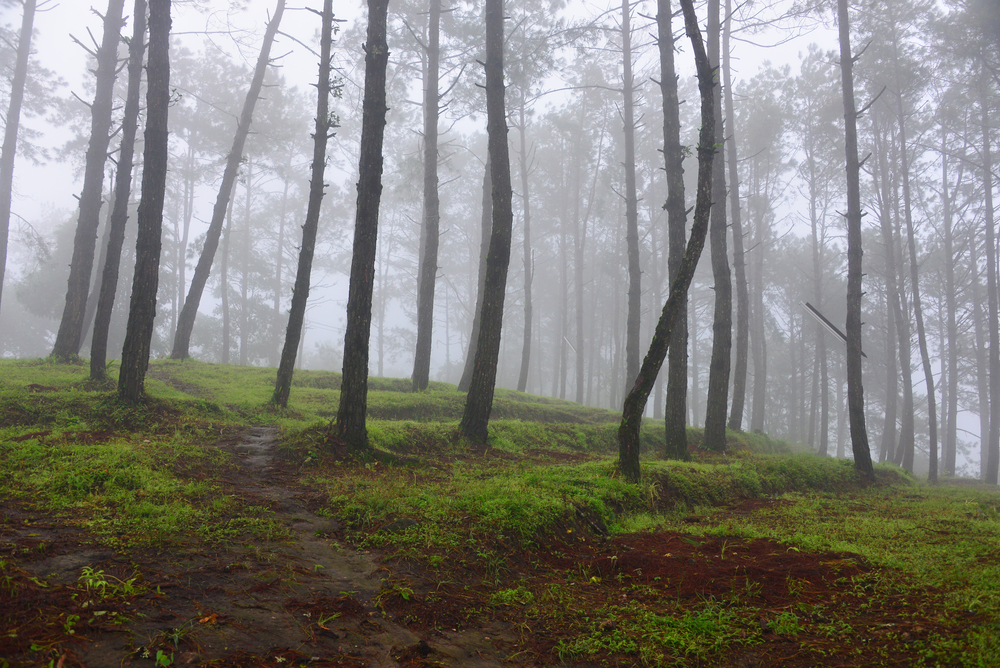
Myth #1: Humid air is heavier than dry air
|According to AccuWeather.com meteorologist Steve Wistar, dry airis actually heavier than humid air, despite the fact that it seemslike you can “feel” humid air as you move through it. “There aremore molecules of water in humid air which are lighter thanmolecules of air,” he said in the story.
||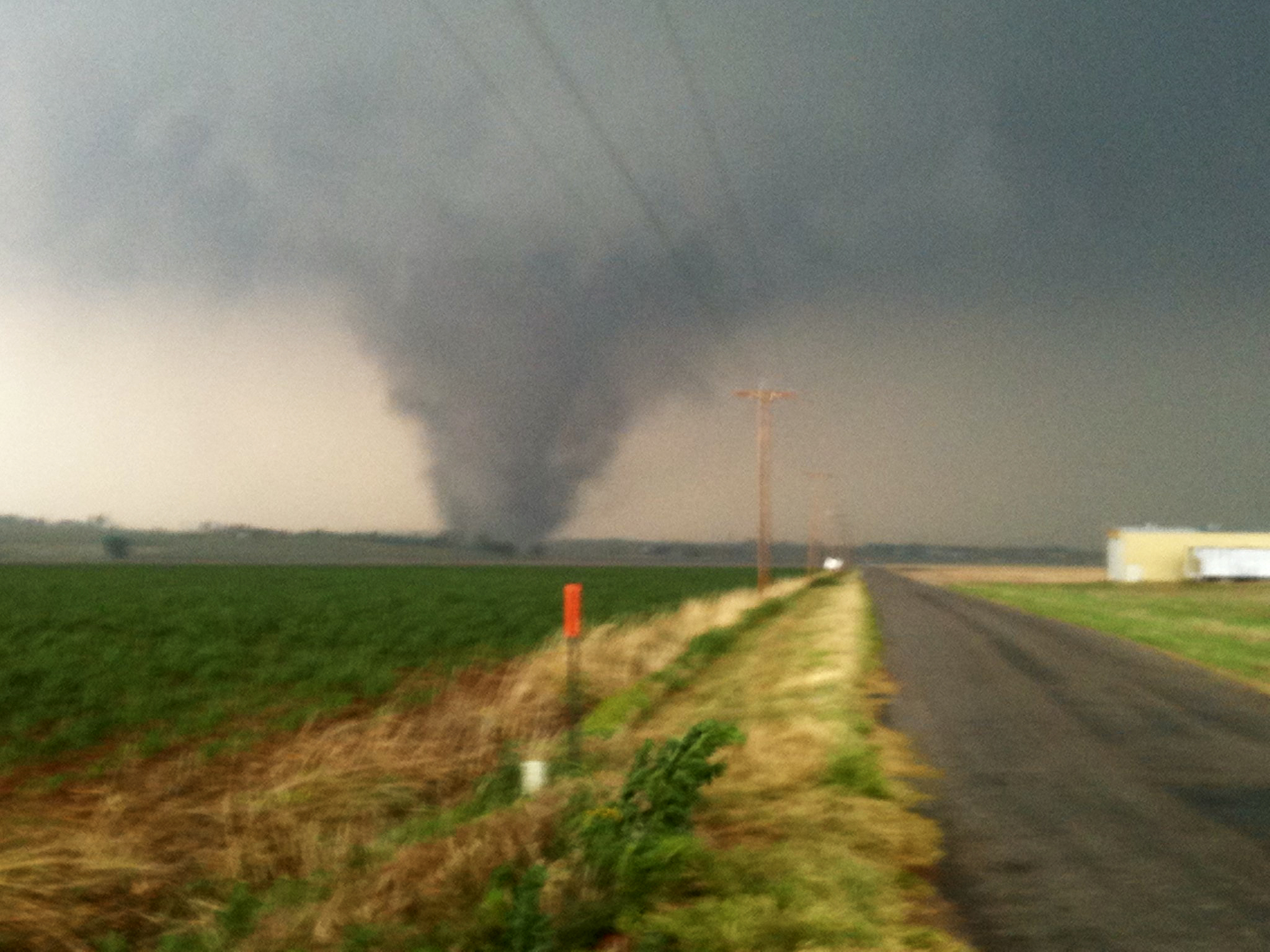
Myth #2: Tornadoes don't hit cities ormountains
|As someone who lives in an urban area on the Great Plains canadmit, this is just wishful thinking. Why would a city have beenbuilt here if it was a common tornado area? Residents of KansasCity, Denver and Oklahoma City might have some opinions onthat.
|The truth is, although rough terrain and tall buildings do tendto distrupt the circular forces that create tornadoes, they aren'timpossible in these areas.
||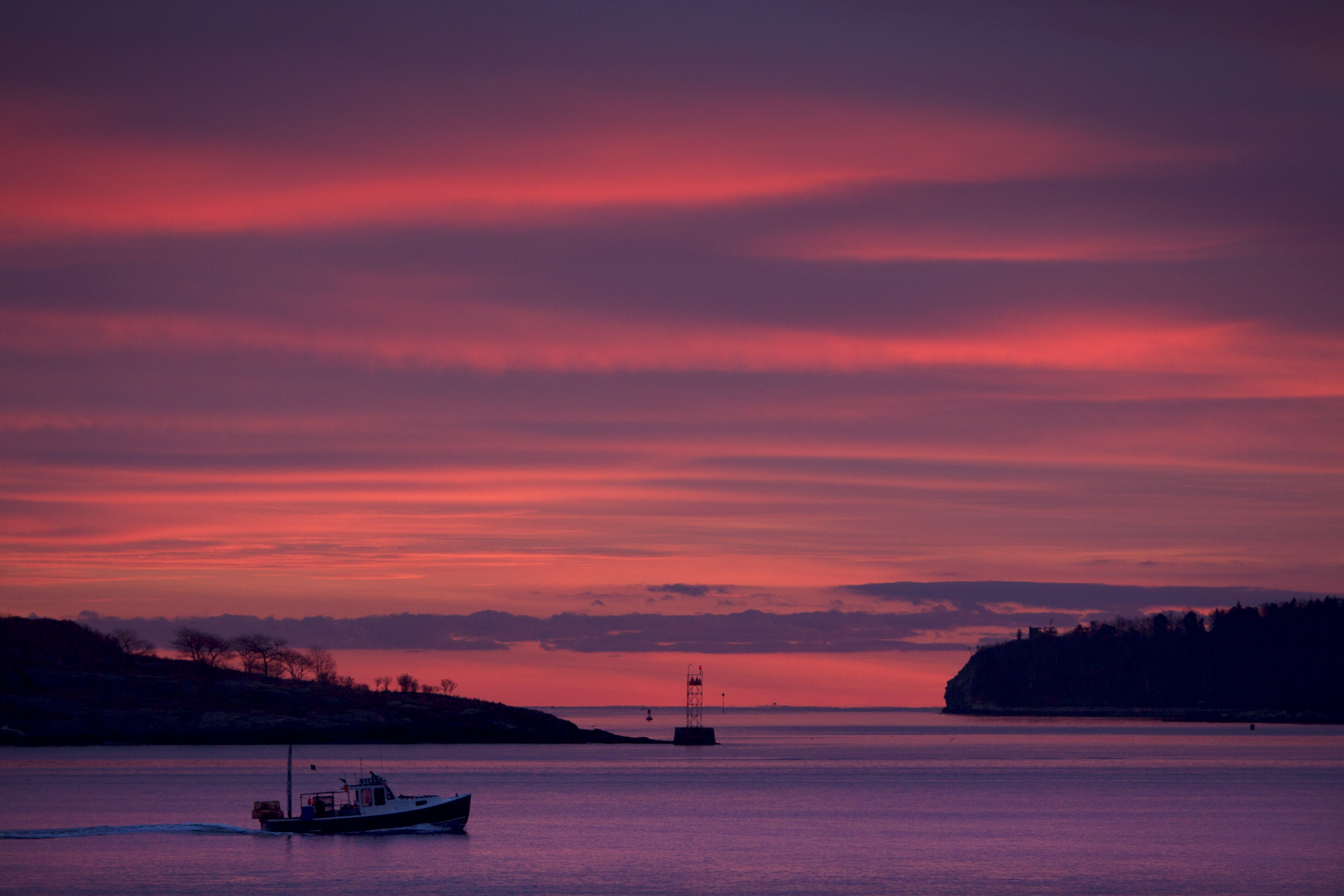
Myth #3: Red sky at night, sailor'sdelight…
|Kinda true, kinda not.
|The idea behind the classic axiom — “red sky at night sailor'sdelight, red sky in morning sailors take warning” — is that redskies are most common when the atmosphere is dry, meaning that theyappear at sunset when the dry area is to the west (since the sunsets in the west). Dry air to the east means a red sky in themorning at sunrise.
|Since weather patterns in North America generally move from westto east, this idea stands up most of the time, but it isn't aguarantee because weather systems can move in any direction, notjust west to east.
||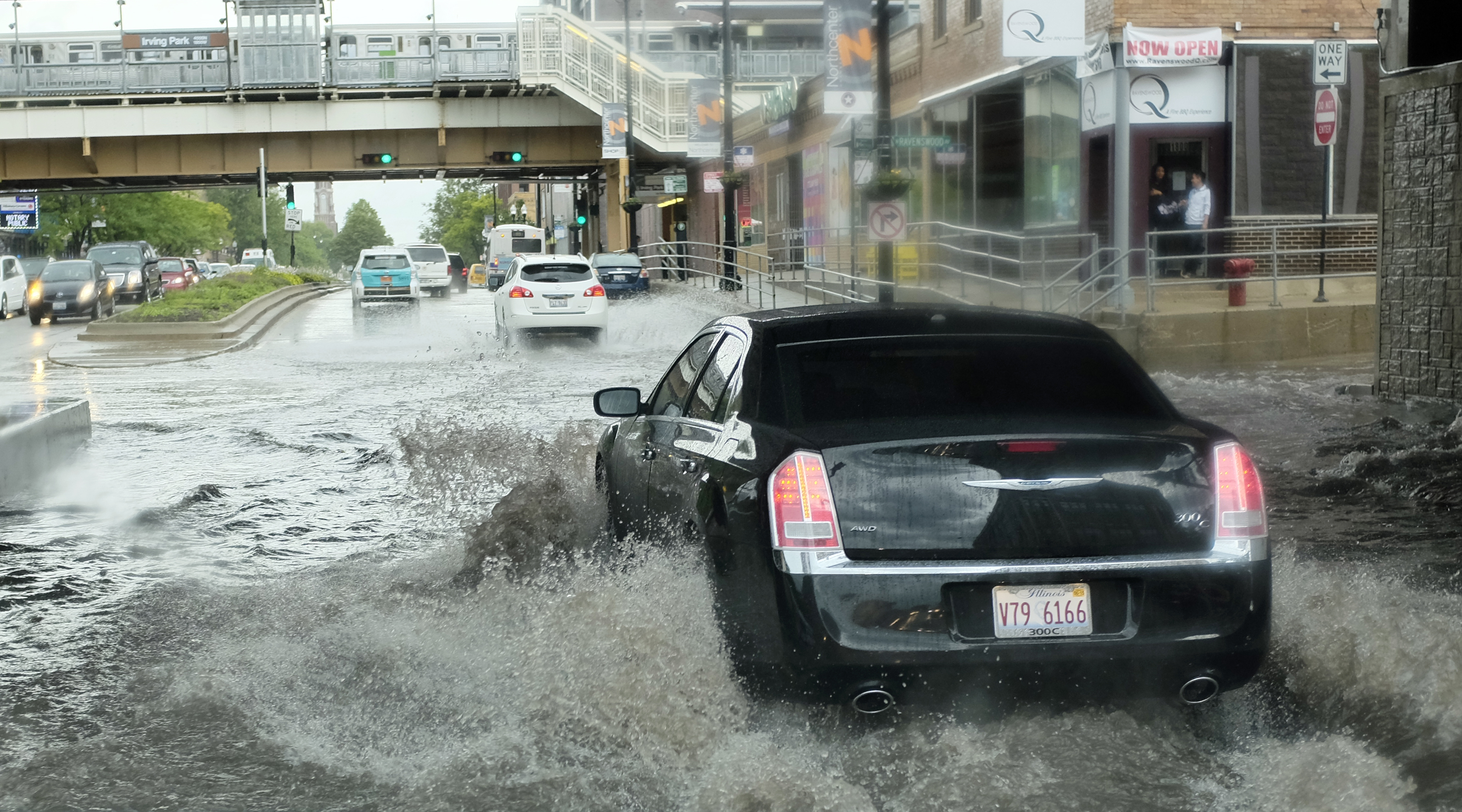
Myth #4: Today's cars can drive safely through floodwaters
|To be honest, I'm not sure how common this myth really is, butit never fails during flood season to see news coverage of at leastone driver who has been swept away after trying to drive throughflood waters.
|Truth is, as little as two feet of water can float a car.
||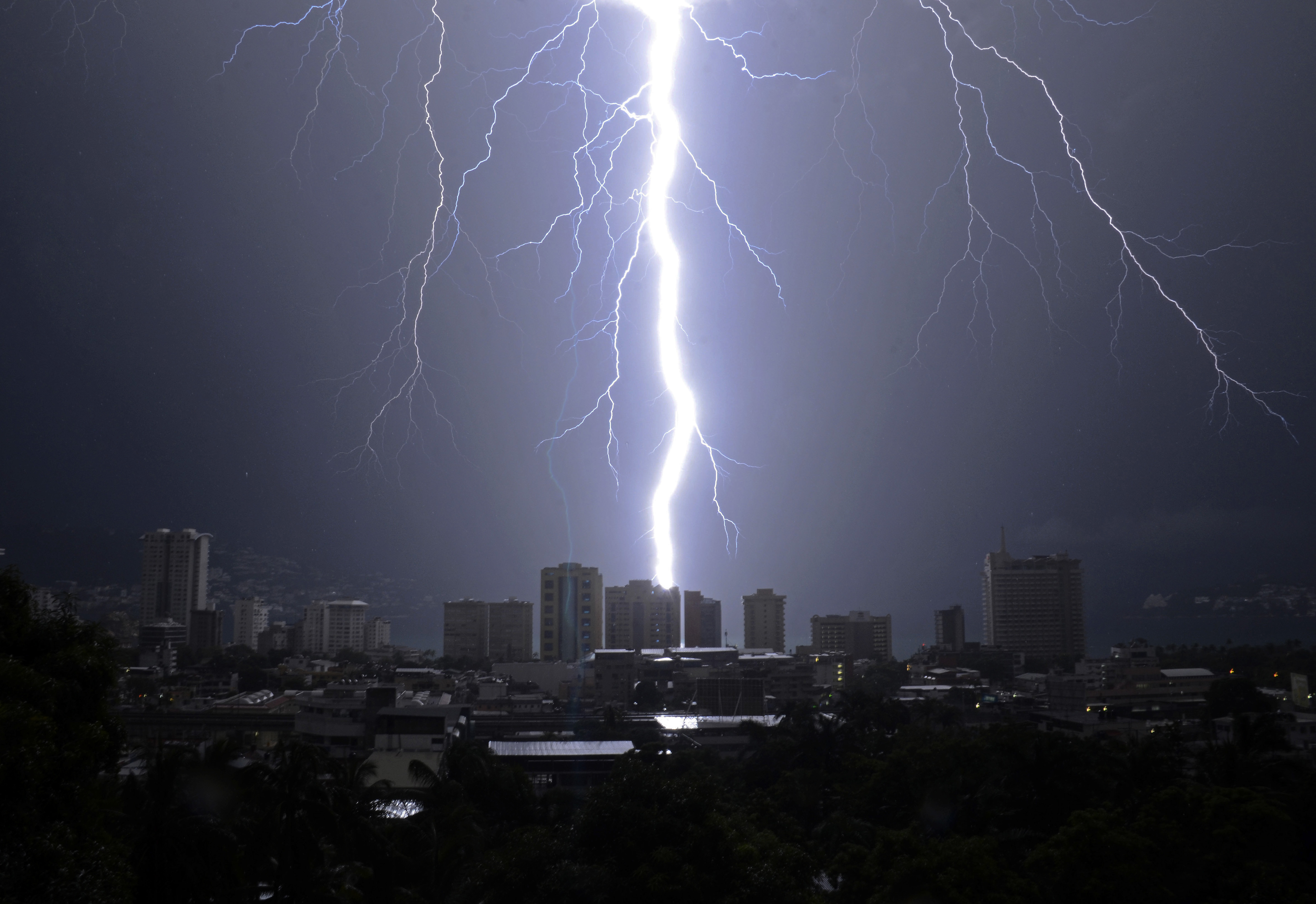
Myth #5: Lightning doesn't strike the same placetwice
|Of course it doesn't, right? There is so much space out there,why would lightning ever need to repeat?
|But it does, according to AccuWeather.
|“The Empire State Building gets struck repeatedly [on average of100 times a year]. It all depends on how much an object sticks upin the sky,” Wistar said.
Want to continue reading?
Become a Free PropertyCasualty360 Digital Reader
Your access to unlimited PropertyCasualty360 content isn’t changing.
Once you are an ALM digital member, you’ll receive:
- All PropertyCasualty360.com news coverage, best practices, and in-depth analysis.
- Educational webcasts, resources from industry leaders, and informative newsletters.
- Other award-winning websites including BenefitsPRO.com and ThinkAdvisor.com.
Already have an account? Sign In
© 2024 ALM Global, LLC, All Rights Reserved. Request academic re-use from www.copyright.com. All other uses, submit a request to [email protected]. For more information visit Asset & Logo Licensing.








